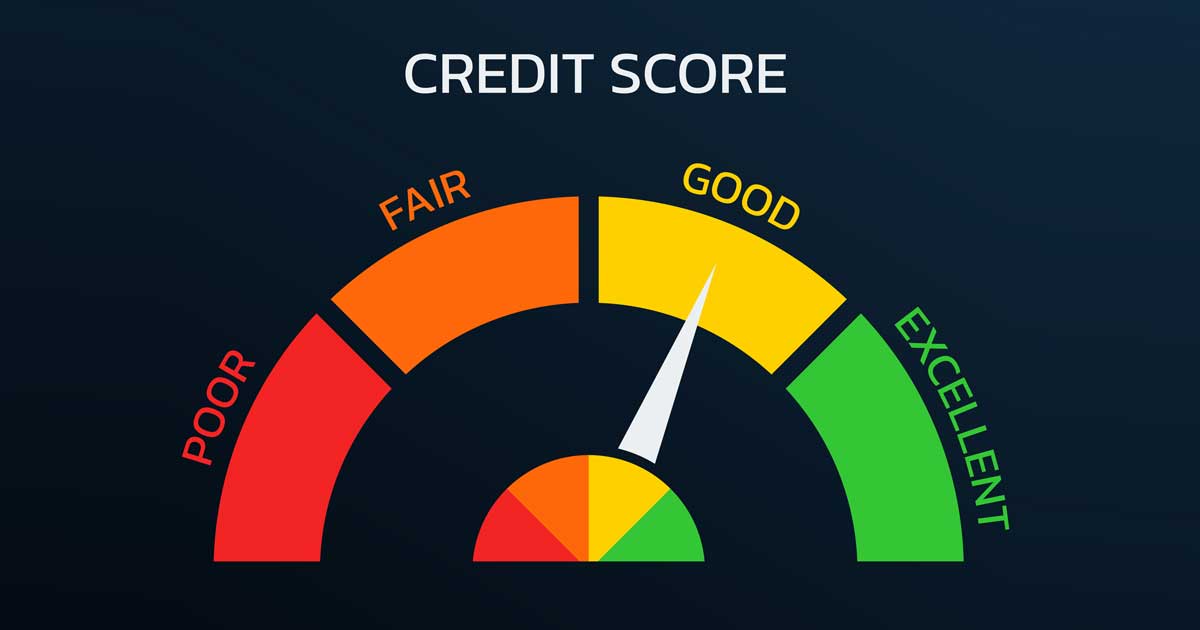
We are credit checked and either approved or rejected, or – depending on status – have it granted, but on expensive terms.
Credit checking ties an individual or business’ record to publicly available information and that shared by financial organisations with credit reference agencies.
Generating the facts
James McGarva, head of business information at Experian, defines a credit score as a “measure of creditworthiness, which is made up from a number of different factors to understand financial position and level of financial risk”. This information, he says, “is combined to create a score, which influences whether companies are seen to be a repayment risk”.
Equifax’s product manager Andrew Fielder holds a similar view, but adds that his company looks at data and represents the outcome as not just a score, but also “as an amount that a business may be seen as being ‘good for’ on typically a monthly basis”. A credit rating, he says, “aims to rank relative strengths of businesses against each other on a scale regardless of size, so a business that is scored 20 out of 100 is seen as less able to support credit than a business that scores 80 out of 100”.
Experian uses a similar methodology. It gives a credit score that can range from 0 to 100, with 0 representing a high risk and 100 representing a low risk. A zero, for example, would be applied to a failed company, 26 to 50 to an above-average business, while 91 to 100 is a very low-risk firm.
As Mr McGarva said: “Business information is generally held by a number of credit reference agencies and comes from multiple sources, including creditors, such as banks, credit card companies and building societies, or simply from publicly available records.”
It should be pointed out that the information-gathering process is not underhand in any way. And to illustrate this, Mr Fielder explains that the information credit reference agencies obtain comes “from a wide variety of sources that include more well-known entities such as Companies House or the main gazettes, as well as closed user group information on payment behaviour and newer data sources like Open Banking.”
This information is collated and includes data on existing business credit, such as current accounts, loans and credit card information along with balances and amounts outstanding. On top of that is data on payment performance that, Mr McGarva says, “can offer real insight into a business’ financial standing – and any potential problems they might be experiencing”. County Court judgements (CCJs) and bankruptcies is the type of information that is, according to Mr McGarva, “particularly significant to potential or existing suppliers and lenders”. He said: “It can indicate severe financial difficulties and may well act as a red flag to those considering working with them.”
Companies House records, such as details on the directors, previous company names and annual returns, are also useful.
Of course, it’s entirely possible that a practice can hunt down some of the information itself – the publicly available part that is. But the benefit of using a credit reference agency follows, as Mr Fielder notes, “from the fact that agencies will look at data in a number of ways, using aggregated data sources and applying analytical methodologies to build the score”. He added: “Agencies use a database that has been built up over time to understand how businesses that were created historically have performed through an extended period.”
He adds that scores may also incorporate personal data on company directors.

Making improvements
As noted earlier, whenever an application for credit is made, information on a credit report will be used along with other sources of information to determine whether a lender will agree to the request and on what terms.
According to Mr Fielder, practices should make every effort to have a good report, as it influences their ability to make purchases. It’s of note that, as he points out, “business credit ratings are not as ubiquitous as personal credit ratings; however, they are more prevalent when dealing with larger purchases or lending decisions, such as for a loan or a business vehicle”.
It follows that a well-managed credit report will be seen by lenders as a positive. But as Mr McGarva said: “Businesses with little to no financial history – known as ‘thin file’ businesses – may struggle to be accepted or get the best rates. In these circumstances, a business owner’s or director’s personal credit scores can be considered to help with the decision.”
Information in the world of credit is clearly everything; if it’s suspected that information held is inaccurate or plainly wrong, steps should be taken to correct it. The only option here is to dispute the business credit report by contacting the relevant credit reference agencies. Not only can they correct data that can be shown to be inaccurate, but they also have services to review whole reports. Experian is a good example; it offers a credit review service.
Credit information for suppliers
The wonder of information is that it invariably has more than one purpose. Just as a credit report allows a lender a window into the world of a (potential) borrower, so the process can be reversed by a practice looking to check on its suppliers and its corporate – not “retail” clients.
Mr McGarva makes the case here as being one of commercial survival. He said: “Any business can protect its revenue flow by running credit score reports on customers to ensure they can pay for their services.”
But checking potential clients for their ability to pay isn’t the only advantage of credit checking.
Credit information can aid the fight against fraud in that credit checking can confirm that suppliers and clients are who they say they are – and that their business is performing the way they say it is. Mr McGarva said: “This kind of due diligence can save a lot of hassle and lost revenue down the line.”
Lastly – and practices themselves will have been on the receiving end of this – credit information allows the setting of credit limits and rates for clients precisely because it’s possible to understand a prospect’s previous payment behaviour and credit history. While the process allows lower-risk borrowers to get more favourable terms, it helps them reduce their own risk, should a client default.
Credit reference agencies offer a variety of services to support a firm dealing with a large volume of clients. Here Fielder details that products to note “include services such as ad-hoc credit reports or the ability to use the data for account opening and account management”.
Of course, each agency will do something similar and more. Equifax, for example, offers products to age verify, bank account verify, document verify, and more. Firms should hunt around.
The cost of protection
The costs associated with credit information aren’t as horrific as might be expected. Experian’s Business Express – which costs from £25 per month – has one of the most predictive scoring models in the industry and allows a business to easily determine the creditworthiness of its business partners.
This can help a practice predict business credit risks and failures within the next 12 months.
Alternatively, where a practice wants to check and improve its own credit score, Experian has My Business Profile at a cost of £24.99 per month. Mr McGarva said: “This enables a business owner or director to gain full visibility of their business credit profile, enabling them to understand what is affecting their company credit score.”
Granted, it’s a cost, but credit ratings tell subscribers which companies are growing, and which are shrinking and that’s got to be a benefit to those working on credit terms.
In summary
Like it or not, credit information exists and is here to stay. Whether it’s to borrow or to seek terms with a supplier, having a whiter than white report is going to put a practice head and shoulders above its rivals.

Leave a Reply